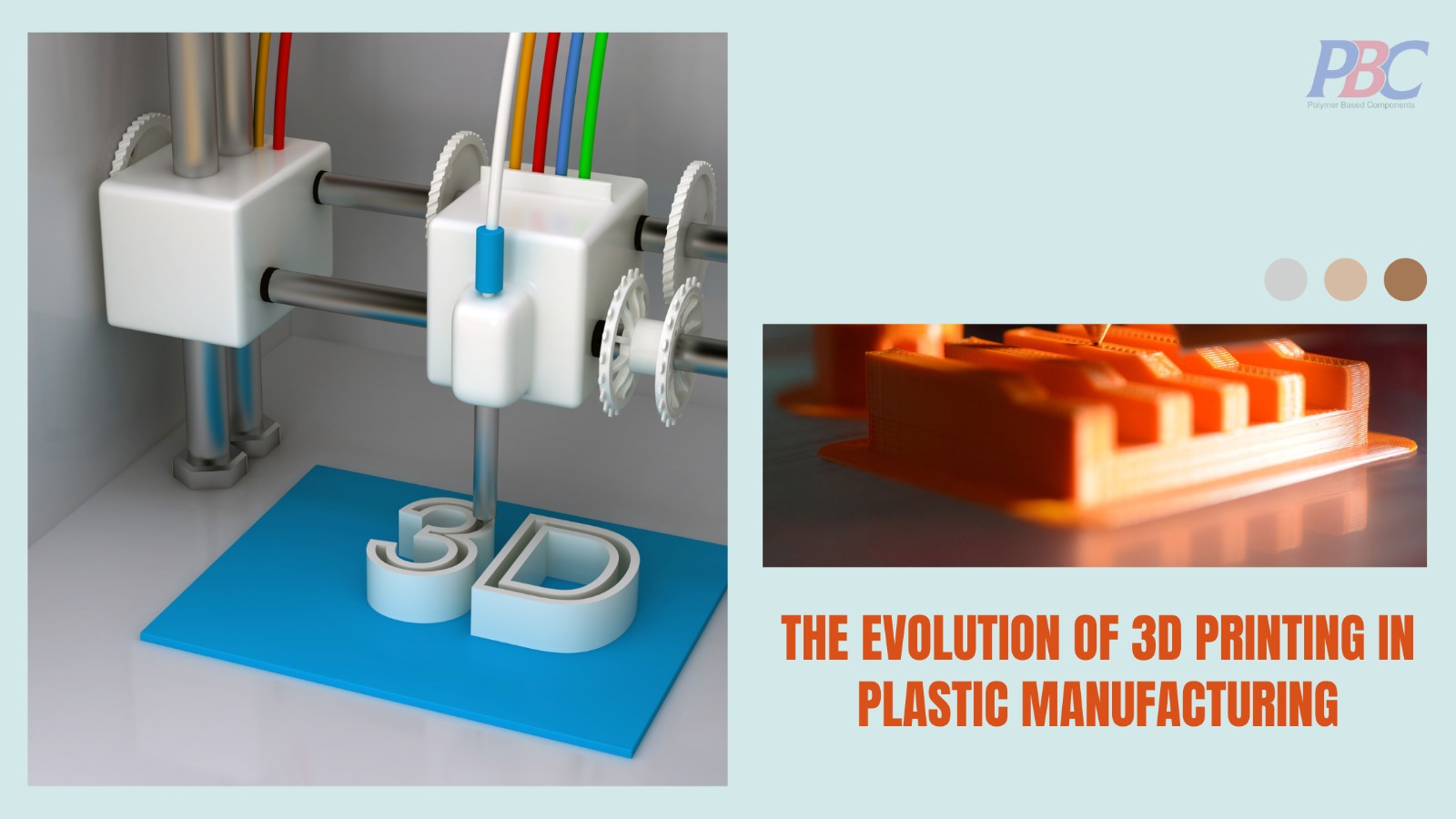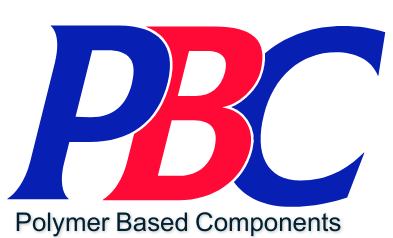In the world of manufacturing, technological advancements continually reshape the landscape, driving innovation and efficiency. One such groundbreaking innovation is 3D printing, a revolutionary process that has transformed the way plastic components are produced. This article delves into the journey of 3D printing in plastic manufacturing, from its humble beginnings to its current state, and examines the pros and cons of adopting this transformative technology.

The Genesis of 3D Printing in Plastic Manufacturing:
The roots of 3D printing date back to the 1980s when it was initially known as “stereolithography.” Its earliest applications were in prototyping, enabling engineers to create tangible models of their designs. Over the years, the technology evolved, and the scope expanded beyond prototyping into various industries, including aerospace, healthcare, and, notably, plastic manufacturing.
The Emergence of 3D Printing in Plastic Manufacturing:
3D printing’s foray into plastic manufacturing marked a turning point. Traditional plastic manufacturing methods often involved molds, intricate tooling, and time-consuming processes. 3D printing disrupted this norm by enabling layer-by-layer additive manufacturing, where plastics are precisely deposited to form intricate shapes. This shift offered unparalleled design flexibility, reduced waste, and faster production cycles.
The Current State of 3D Printing in Plastic Manufacturing:
Today, 3D printing has firmly established its role in plastic manufacturing. Manufacturers harness its capabilities to create complex, lightweight, and durable plastic components for a wide range of applications. From automotive interior parts to medical devices, 3D printing allows for customized, on-demand production that is both cost-effective and environmentally friendly.
Pros of Using 3D Printing in Plastic Manufacturing:
- Design Flexibility: 3D printing liberates designers from the constraints of traditional manufacturing, enabling the creation of intricate geometries and complex shapes that were previously unattainable.
- Reduced Waste: Traditional subtractive manufacturing methods generate significant waste due to material removal. 3D printing, on the other hand, is an additive process, minimizing material wastage.
- Rapid Prototyping: 3D printing accelerates the prototyping phase, allowing for quicker iterations and design improvements. This speed to market enhances product development cycles.
- Customization and Personalization: Manufacturers can tailor products to individual customer needs without incurring additional costs, making mass customization a reality.
Cons of Using 3D Printing in Plastic Manufacturing:
- Limited Material Options: While the range of available printing materials is expanding, it still lags behind the variety of plastics used in traditional manufacturing methods.
- Surface Finish and Resolution: 3D-printed plastic parts may have visible layer lines or surface imperfections that require post-processing to achieve the desired aesthetic.
- Production Speed: While 3D printing excels in rapid prototyping, it may not match the production speed of traditional injection molding for high-volume manufacturing.
- Equipment Costs: Initial investments in 3D printing equipment and technology can be substantial, impacting cost-effectiveness for smaller-scale operations.
The evolution of 3D printing in plastic manufacturing has reshaped the way we conceptualize, design, and create plastic components. From its modest beginnings in prototyping to its current role in enabling efficient, customizable, and environmentally friendly production, 3D printing has undeniably revolutionized the industry. As technology continues to advance, 3D printing is poised to further bridge the gap between imagination and realization, propelling plastic manufacturing into a future defined by innovation, efficiency, and limitless possibilities.
Want to talk to an expert? Write to us at sales@pbctechplast.com.
Get in touch
At PBC, we transform ideas into reality. With our advanced injection moulding capabilities, we can turn your concepts into tangible, market-ready products. Let’s collaborate!
